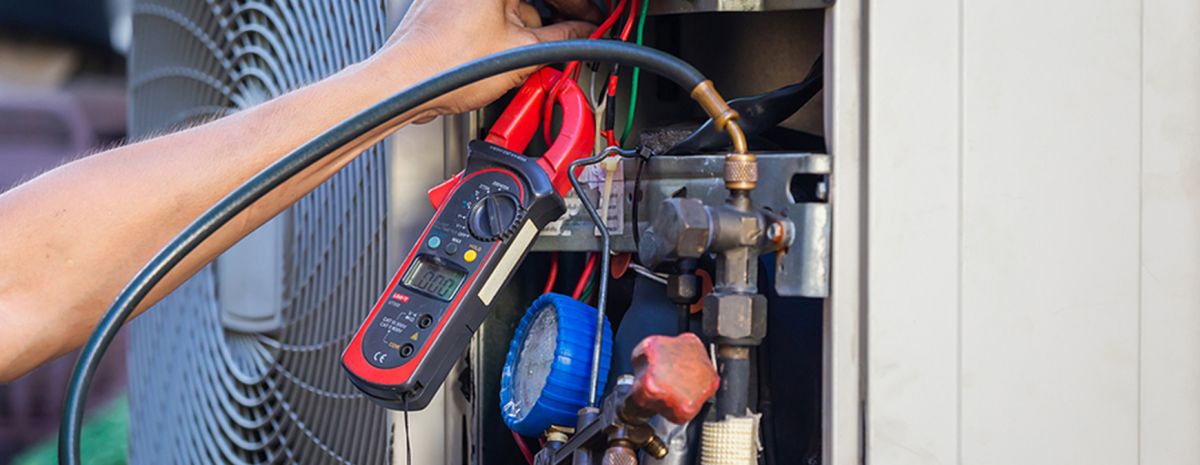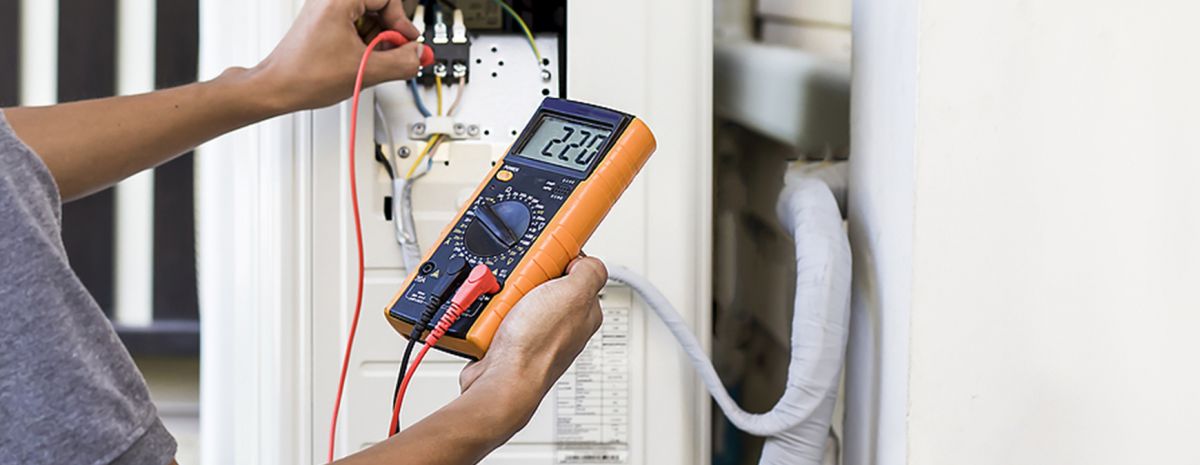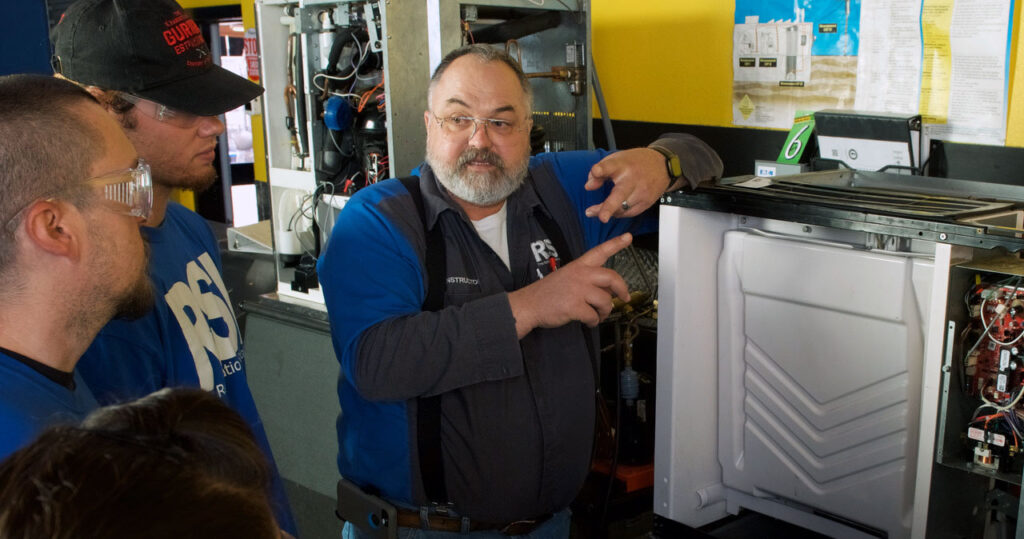RSI is a Great Training Option for Everyone
Learn more about how we can prepare you to advance your career.
Technology is advancing around us all the time, including HVAC tools. HVAC tool technology is creating more connectivity between technicians, their equipment and the office. This, in turn, could lead to greater efficiency for HVAC businesses and contractors.
If you’re taking HVAC classes now, you could encounter some of these smart HVAC tools when you graduate and start working in the field.
Keep reading for a closer look at how 4 technologies could be shaping the HVAC industry now and in the future.
4 Smart HVAC Tool Trends to Watch in 2021 and Beyond
Here are 4 trends in HVAC smart technology that could have some benefits for HVAC technicians.
1. Digital Gauges Are Replacing Analog Gauges
A manifold gauge is a tool intended to measure the pressure of refrigerants in refrigeration systems. Historically, HVAC technicians would take pressure readings from analog gauges. Modern technology is trending toward digitizing these readings, which allows the data to be logged and tracked.
Get Started on the Path to a New Career
Fill out our form to learn how we can help you change your life.
Digital gauges provide a detailed summary of actions that were taken during a work order, which could reduce liability if any issues arise later. Technicians would also be able to download a history of work performed, which could help determine the best path forward for the customer.
2. HVAC Tools Are Going Wireless
Wireless HVAC tools reduce the need to run long extension cords to power sources. For example, sometimes an HVAC tech would need to bring a tool up to a roof.
Cordless equipment not only removes the extra hassle of a cord, but it also reduces the weight a technician would need to carry, sometimes by up to 10 pounds.
3. HVAC Tools Are Getting More Connected
Thanks to the Internet of Things (IoT), HVAC tools are increasingly able to interact with cell phones and other digital devices. With greater connectivity, the technician is able to access a tool’s data stored on the cloud. This digital trail provides greater accountability and transparency about what work has been performed. It could also help improve installations.
When a tool is linked to a technician’s smartphone or other device via Bluetooth or Wi-Fi, it also allows for greater flexibility and movement. The technician doesn’t necessarily need to stand by waiting for a measurement but can receive information even when physically distanced from the HVAC system. This creates an opportunity for an HVAC tech to manage multiple tasks simultaneously.
4. Smart HVAC Can Provide Analysis
Recording measurements is great, but smart HVAC is able to do even more than that. Some newer tools are even able to sync with an app or program and provide directional analysis for the technician.
This means that in addition to just recording the data, some programs offer data interpretation or calculation. This could be especially helpful for HVAC students learning the trade. For example, HyTools is a hydronic calculator app that is able to perform pressure drop calculations and radiator power estimation.
The important thing to remember when shopping for smart tools is to look for devices that are high quality, robust and long lasting. And it’s absolutely necessary to make sure that the tools, devices and apps you’re planning on using are all compatible with each other.
7 Questions to Ask Yourself before Investing in Smart HVAC Tools

With so many variations, options and nuances in HVAC technology, what is important for a technician to know when switching to smart HVAC tools?
Here are a few questions to ask when considering using a new app or smart HVAC tool:
- How does this smart tool help me serve my customer during an HVAC service call?
- Will this tool save me time or make my job easier?
- Does this tool help me capture and communicate data more effectively?
- Does this tool help me learn?
- Does this tool provide expert support?
- Is it worth it to make the transition from how we normally do things?
- How does this smart tool help me do my job better?
There can be real, tangible results from switching to smart HVAC tools, including increased sales, improved first-time fix rates and time savings. Such benefits can make the adjustment period worthwhile in many situations.
Save Time and Energy: Efficiency Trends to Consider for Your Customers
Smart HVAC tools can help you save time during HVAC service calls, but what about boosting the energy efficiency of your customers’ homes? Check out these 5 ways to help them save on heating and cooling.
Additional Sources
This blog has been labeled as archived as it may no longer contain the most up-to-date data. For a list of all current blog posts, please visit our blog homepage at https://www.rsi.edu/blog/




